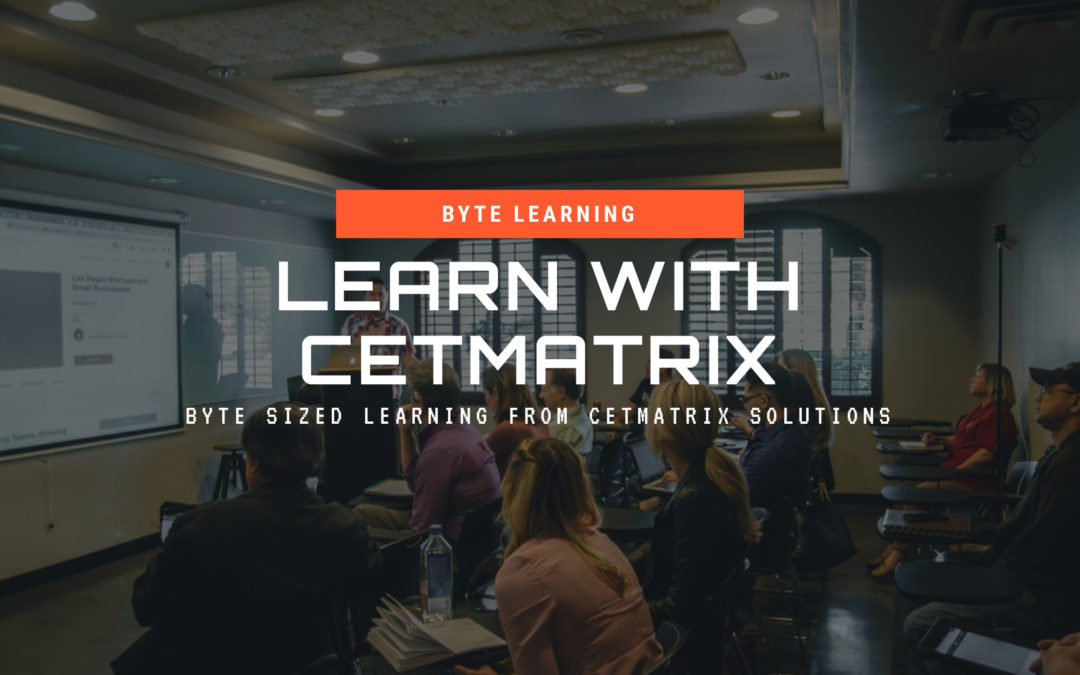Strategic Human Resource Development:
To attain the strategic goals, organizations have to recruit, retain and develop the right talent. The effective development of the recruitment and development of right talent, makes way to a learning in strategic human resource development. The strategic human resource development act as a bridge between human resources and the overall corperate objectives of the organization and covers learning organization, continous development, empowerement and knowledge management.
In this post, we will discuss Strategic Human Resource Development in brief:
Fundamentals of Human Resource Development
A human resource development is a framework of helping the employees in developing their personal and professional skill sets, knowledge and capabilities. Human Resource Development includes employee training, career developement, personnel planning, career coaching, mentoring, succession planning and tuition assistance for education.
The Human Resource Development also involve identifying the key employee and the best talent for doing the right job and helping employees in accomplishing the work goals. Effective human resource development, develops employee to contribute to the organizations. Organization develop employees either via a formal classroom training or by applying various combination including expert training, extempores, simulation, field trips and employee mentoring.
Principles and Theories of Human Resource Development:
Most practitioners of Human Resource Development may get confused between the principles, theories and functions of Human Resource Development. There is a clear cut distinction between each of them. The main functions of Training, Personal development, Organisational development, Career planning and development, Change Management. HRD systems are different for different types of organizations. Though the basic functions remain the same the process and the relationships with respective departments will vary.
For a HR Practitioner, designing an integrated human resource development system requires a deep understanding of principles, theories and models of Human Resource Development and a diagnoize of organization’s culture and existing human resource policies. Central to HR management and the Ten-C model are four primary guiding principles distinguished as the “Harvard Map.” The principles of HR Development are beneficial for HR practitioners to understand how strategic human resource management affects different stakeholders of the organizations.
As per the Harvard Map, the four guiding principles of Human Resource Development are
Commitment: HR Management ensure the need of staffing levels are consistent with the business needs and the employees can reasonablly expect that they can be long term employees.
Cost Effectiveness: Human Resource is not a revenue generating department and the HR practitioners should maintain high returns on investment on all the budgets including training and development
Competence: HR Professionals should ensure the competency of workforce by providing training and helping them in orientation on latest technologies and processes.
Congruence: Ensuring workforce development goals must be congruent with the overall goals of the business and the HR department should ensure effective career opportunities for the development of individuals.
The common theories of Human Resource Development are
Behaviorism: An instructor using behaviorism as the basis for her strategy assumes that positive and negative reinforcement impact learning
Cognitivism: Using the cognitivism learning theory, educators focus on improving mental processes rather than physical actions
Constructivism: The constructivism learning theory states that employees actively participate in their own learning and development.
Connectivism: In the digital age, learning occurs in multiple environments. Free online courses enable anyone to take advantage of global opportunities to develop new skills, knowledge and techniques
Organizational Change:
Organizational Change is a term used to indicate collective change in individuals, teams, departments and organizations on technology, processes, management, reporting and consumer habits evolve becasue of management change, mergers and acquistions, globalization or new technology implementations. The change management in any organization, involves pyramid structure and the usual process involves, determining Need for Change, preparing & Planing for Change, Implementing the Change and sustaining the Change. Dr. John Kotter, Professor of Harvard define eight steps process for leading change:
- Create a Sense of Urgency
- Build a Guiding Coalition
- Form a Strategic Vision and Initiatives
- Enlist a Volunteer Army
- Enable Action by Removing Barriers
- Generate Short-Term Wins
- Sustain Acceleration
- Institute Change
Organization Learning and Loop Concepts:
Organizational Learning is the process of creating, retaining and transfering knowledge with in the organization. The organizational learning can be a single loop or a double loop or a triple loop. In a single loop, organizations and individuals modify their actions according to the expected and reached outcomes. The biggest problem associated with single loop learning it is that it can only remove the symptoms, while root causes still remains. Double loop learning also involves correcting the underlying causes besides modifying the actions while the triple loop learning involves context, assumptions and actions.
Conclusion: Strategic Human Resource Development is a wider area of filed however, this post is a brief overview of the key topics involved in the same.
Attain a one year Online MBA in Human Resource and Organization Psychology from Catholic University of Murcia
